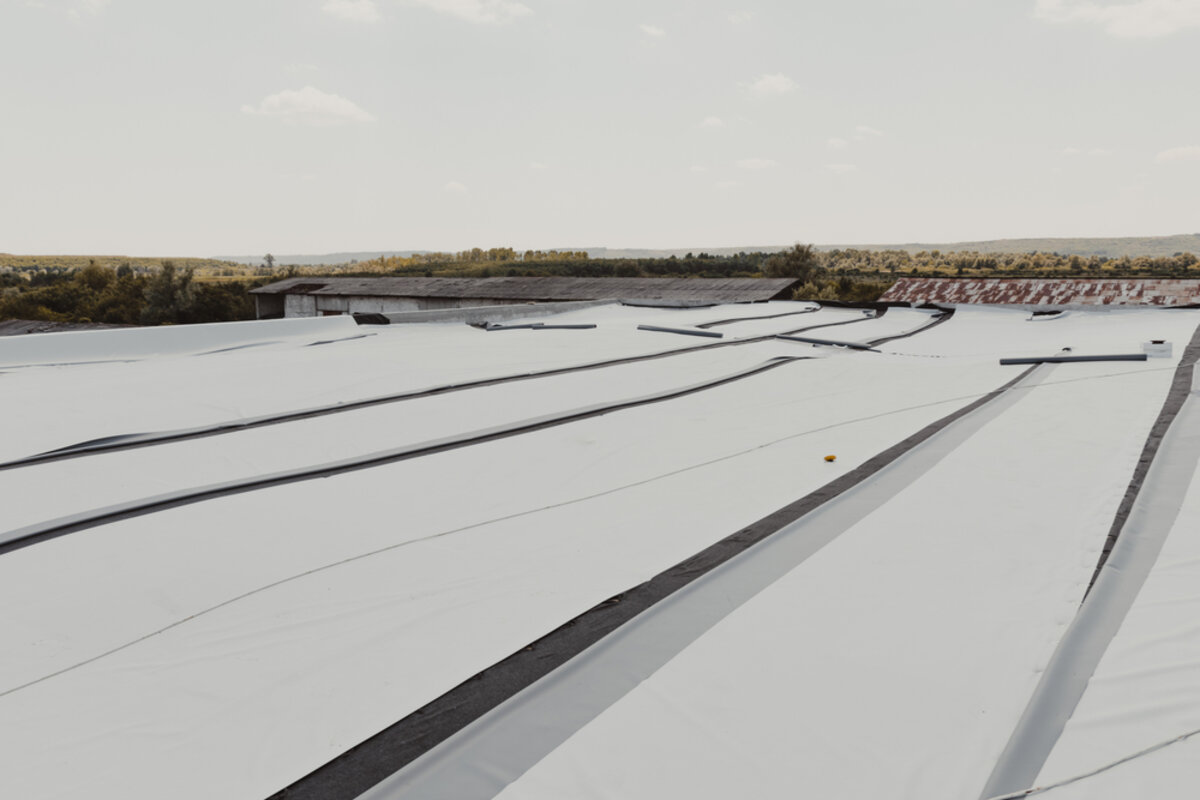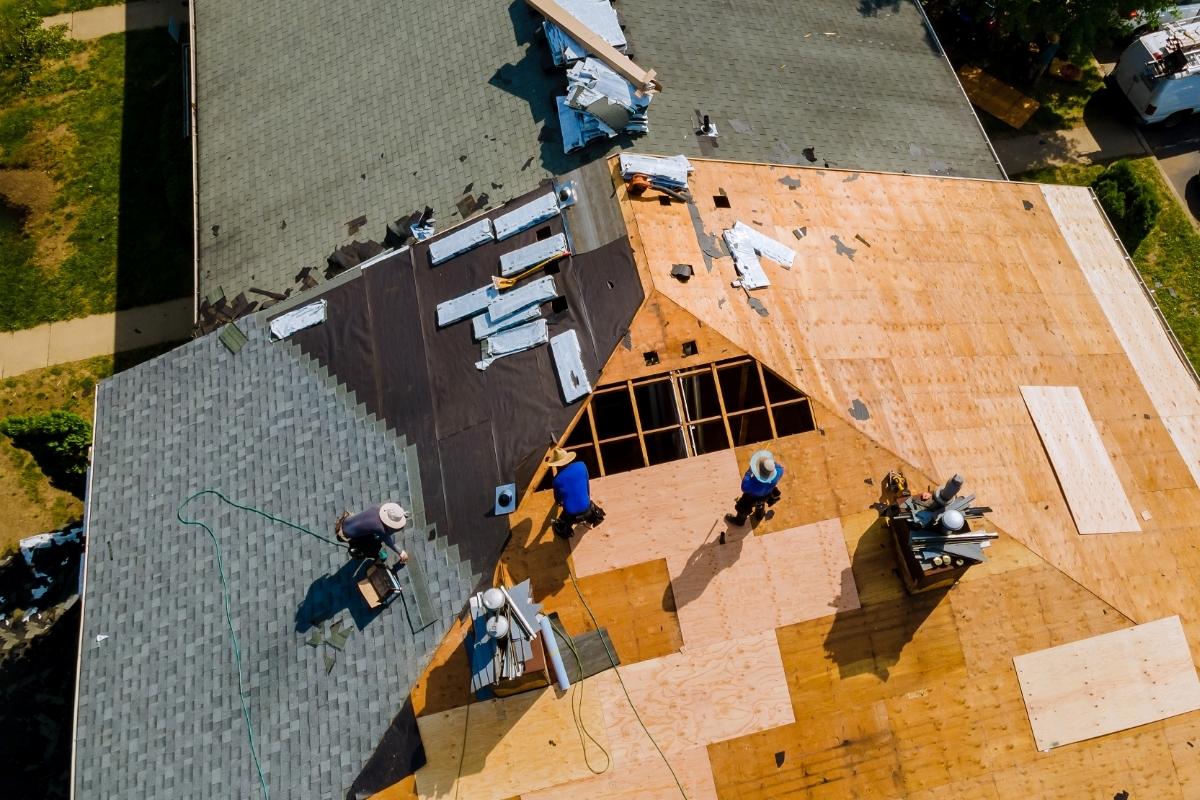Choosing the right roofing material is one of the most important decisions for any commercial building owner. Two of the most popular options today are TPO and PVC roofing, each offering unique advantages and drawbacks. Understanding their differences can help you make the right decision for your building’s specific needs.
What Is TPO Roofing?
Thermoplastic polyolefin (TPO) is a single-ply roofing membrane commonly used in commercial buildings. It combines durability and energy efficiency, making it a popular choice for many property owners. TPO roofing is typically white or light-colored, which helps in reflecting sunlight and reducing the building’s energy costs.
Benefits of TPO Roofing
- Energy Efficiency: TPO’s reflective properties can lead to significant savings on cooling costs by keeping your building cooler in hot weather.
- Cost-Effective: TPO is often more affordable than other roofing options, making it an attractive choice for budget-conscious building owners.
- Durable and Weather Resistant: TPO is resistant to tears, punctures, and UV damage, ensuring long-lasting performance even in harsh conditions.
- Environmentally Friendly: Many TPO roofs are made with recycled materials, which can appeal to eco-conscious consumers.
Drawbacks of TPO Roofing
- Longevity Concerns: While TPO roofs can last 15-20 years, some lower-quality products may not last as long, especially in extreme weather conditions.
- Inconsistent Quality: The formulation of TPO can vary between manufacturers, leading to potential inconsistencies in performance and durability.
What Is PVC Roofing?
Polyvinyl chloride (PVC) roofing is another single-ply membrane commonly used in commercial roofing applications. It is known for its flexibility, strength, and chemical resistance, making it a durable choice for many businesses.
Benefits of PVC Roofing
- Superior Durability: PVC roofing is highly resistant to chemicals, grease, and fire, making it ideal for commercial kitchens, factories, or buildings that may encounter harsh substances.
- Long Lifespan: PVC roofs tend to last longer than TPO, often with a lifespan of 20-30 years.
- Strength in Extreme Conditions: PVC roofs perform exceptionally well in high wind zones and areas prone to severe weather.
- Energy Efficiency: Similar to TPO, PVC roofing reflects sunlight, helping to reduce cooling costs during warmer months.
Drawbacks of PVC Roofing
- Higher Initial Cost: PVC tends to be more expensive upfront than TPO, which can be a concern for some building owners.
- Less Eco-Friendly: While PVC is recyclable, the process to manufacture it involves harmful chemicals that can have a negative impact on the environment.
- Brittle in Cold Weather: PVC roofs can become brittle in extremely cold temperatures, making them more susceptible to cracking over time.
TPO vs. PVC: Which Is Right for You?
When comparing TPO and PVC roofing, it ultimately comes down to your building’s specific requirements. Each material has its unique strengths, and understanding these differences can help guide your decision. For example, TPO is a great option if you’re looking for a cost-effective, energy-efficient solution. On the other hand, PVC might be better suited for buildings that need greater chemical resistance and durability in extreme weather conditions.
Considerations When Choosing Between TPO and PVC
- Budget: TPO is generally more affordable than PVC, but if longevity and durability are your primary concerns, the additional investment in PVC may be worthwhile.
- Climate: For buildings in hot, sunny climates, both TPO and PVC offer excellent energy efficiency. However, in colder regions, TPO may offer more flexibility since PVC can become brittle.
- Chemical Exposure: For businesses like restaurants or industrial settings, PVC’s superior resistance to chemicals and grease makes it a more reliable choice.
Maintenance and Installation
Both TPO and PVC roofs are relatively easy to install compared to other roofing materials. However, proper installation is critical to ensure the roof’s longevity. Regular inspections and maintenance are also essential to catch any potential issues early, like punctures or seam separation. TPO roofs are more vulnerable to these types of problems if the material is of lower quality or improperly installed.
Conclusion
The decision between TPO and PVC roofing depends on your specific needs, from budget to the environment your building operates in. While TPO offers affordability and energy efficiency, PVC provides unmatched durability and chemical resistance. By weighing the benefits and drawbacks of each, you can make a well-informed decision to protect your building for years to come. For expert advice and a professional installation tailored to your needs, contact DryTech Exteriors today.




